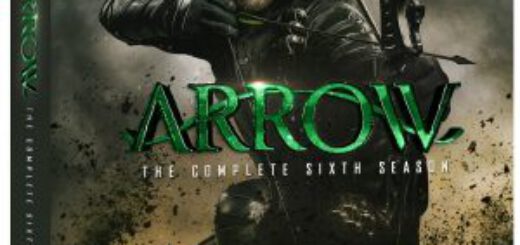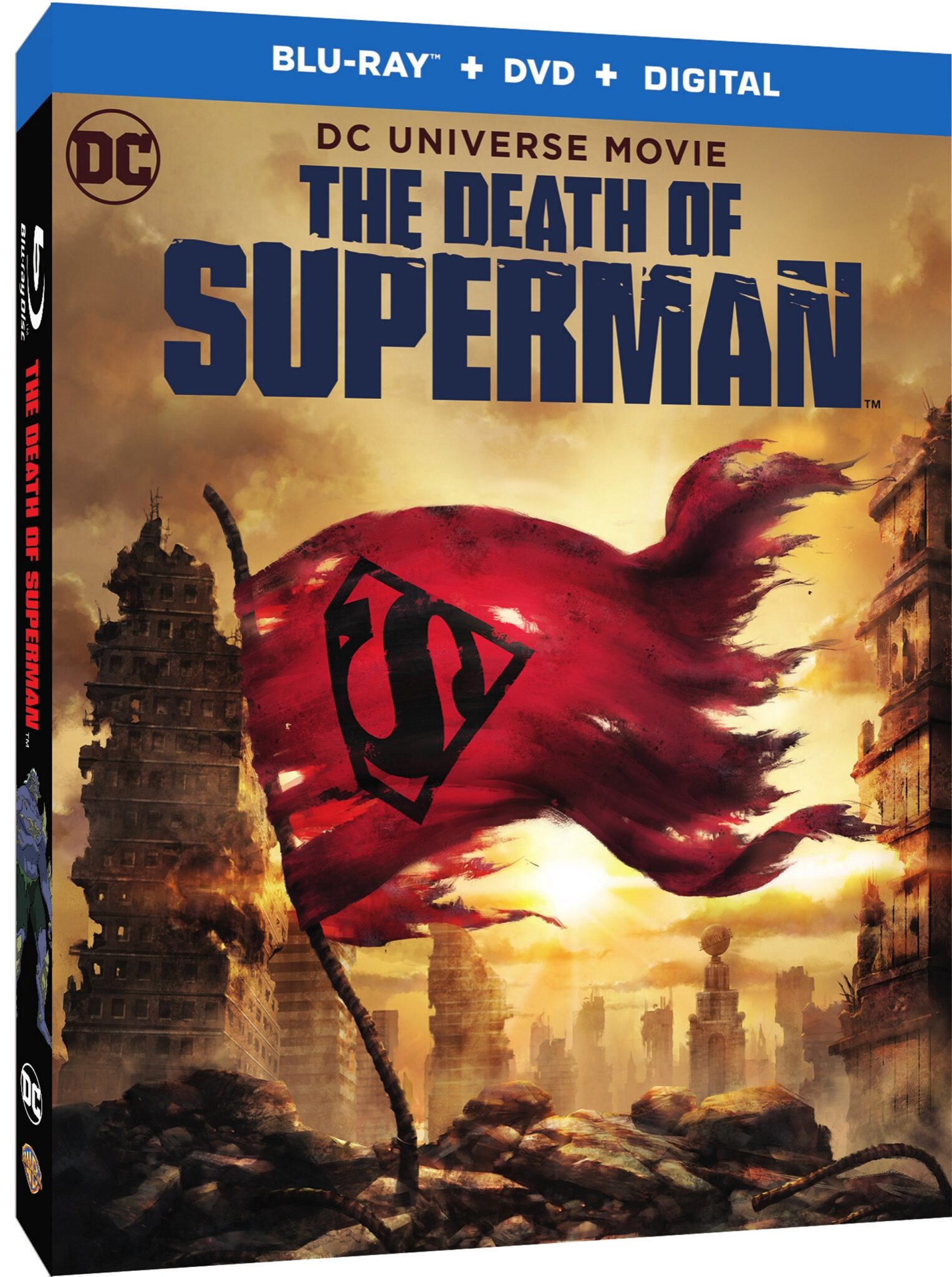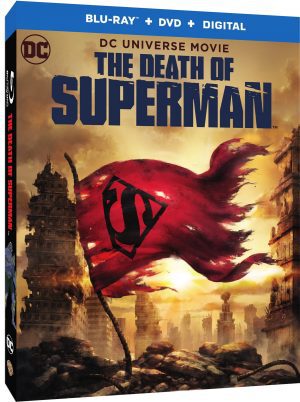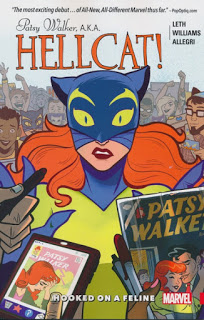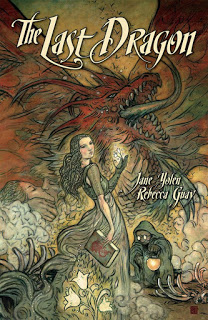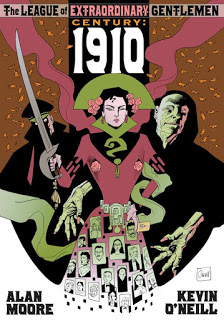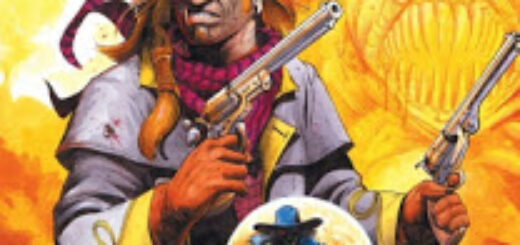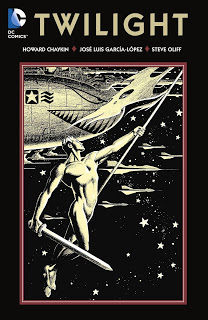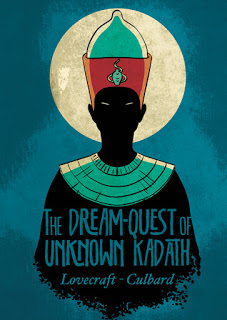Win a copy of A Wrinkle in Time Combo Pack
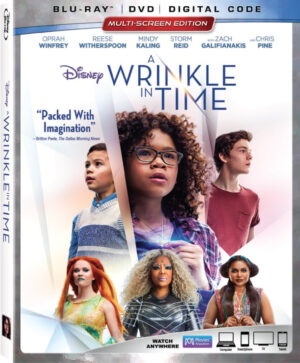 You can enjoy Ana DuVernay adaptation of A Wrinkle in Time at home starting Tuesday, or you can buy the Blu-ray release on June 5. Better yet, enter our contest and win the Combo pack!
You can enjoy Ana DuVernay adaptation of A Wrinkle in Time at home starting Tuesday, or you can buy the Blu-ray release on June 5. Better yet, enter our contest and win the Combo pack!
The adaptation of Madeleine L’Engle’s classic novel boasts a stellar cast and stunning visuals that have to be seen. To win the one copy, please tell us about your reaction to this mind-bending tale of children exploring other realities. What did you feel when you first read the novel or saw the film? Post your answers by 11:59 p.m. Friday, June 1. The decision of the ComicMix judges will be final. The contest is open only to residents of North America.
BURBANK, Calif. (April 23, 2018) — Just in time for summer break, Disney’s A Wrinkle in Time, from acclaimed director Ava DuVernay, comes home May 29 on Digital HD, 4K Ultra HD and Movies Anywhere and June 5 on Blu-ray™, 4K Ultra HD™, DVD and On-Demand. The stunning story of an ordinary girl’s extraordinary adventure through time and space offers exhilarating entertainment and positive messages for the whole family—encouraging self-confidence, inclusion and pushing imagination to the next level.
Families who bring home A Wrinkle in Time will go behind the scenes to meet the talented crafts persons, actors and filmmakers who brought to life every spectacular detail of this triumphant tale. Bonus material includes an extended featurette providing inside access to the A-list cast and crew; insightful audio commentary from director Ava DuVernay and team; deleted scenes; bloopers; and two music videos, including “I Believe” performed by GRAMMY®-nominated music mogul DJ Khaled and featuring GRAMMY®-nominated singer-songwriter Demi Lovato.
More than 50 years after Madeleine L’Engle’s young adult novel A Wrinkle in Time was awarded the prestigious Newbery Medal, the big-screen retelling of this timeless classic takes audiences on a transformative journey, exquisitely illustrated through jaw-dropping visual effects, a stirring musical score and diverse, star-studded cast. Three celestial guides, Mrs. Which (two-time Academy Award® nominee Oprah Winfrey), Mrs. Whatsit (Oscar®, Golden Globe® and Emmy® winner Reese Witherspoon) and Mrs. Who (Emmy nominee Mindy Kaling), come to Earth to share their wisdom and love with struggling eighth-grader Meg Murry (Storm Reid) as she journeys across dimensions with classmate Calvin (Levi Miller) and younger brother Charles Wallace (Deric McCabe) in search of her father (Chris Pine), a world-renowned physicist who mysteriously disappeared four years ago.
As fantastical as the film’s premise and imagery may seem, A Wrinkle in Time centers on a universal human need that feels particularly relevant and relatable today. “This is a story about belonging,” says DuVernay. “It’s about a girl who just doesn’t feel strong in her mind, body and spirit. But through this epic journey, she finds her strength and learns that the center of the universe starts inside her. It’s about Meg feeling like she belongs in the universe and has a mighty part to play… as do we all.”


